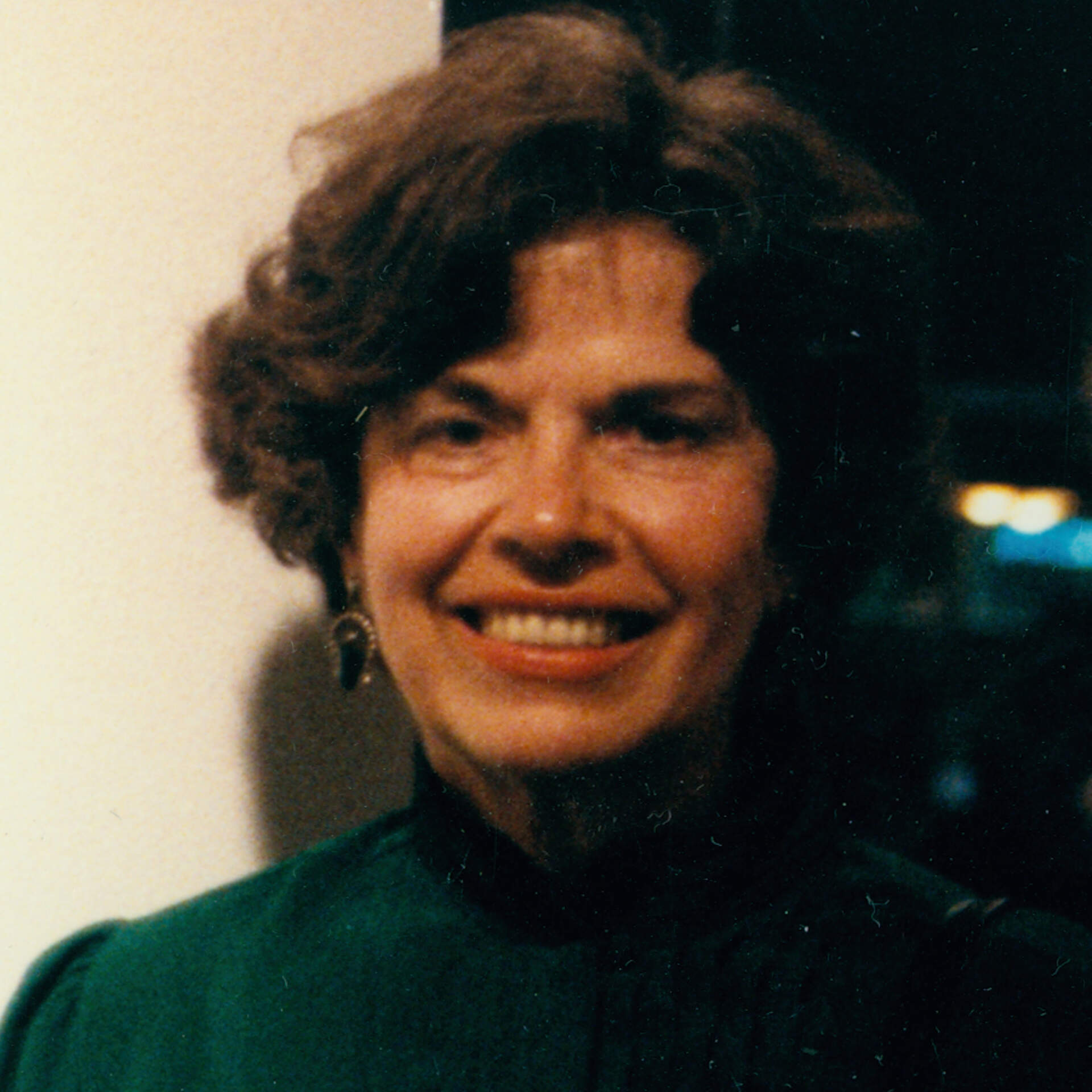Catherine Parker
(1926-2012)
American
Born: Buffalo, New York, United States
Catherine Esther Burchfield Parker was a watercolor painter and collaborator well-known for her landscapes. She grew up in Gardenville, New York, one of five children born to Charles and Bertha Burchfield. Her paintings and drawings of the Great Lakes environment where she grew up range from odes to the sheer beauty of trees, flowers and woods to a fascination with urban scenes of Buffalo, including grain elevators at the waterfront. Later her work became increasingly inspired by music and poetry, revealing a spiritual connection to nature.
Catherine Burchfield studied at Art Institute of Buffalo until 1947, then attended the Kansas City Art Institute in Missouri. There she met and married Kenneth Parker. They raised three children in Colorado and Texa; but their marriage ended in 1975, and she moved to California. In 1982, she returned home to Buffalo.
Parker possessed a deep love to music, which is conveyed in much of her work. She studied cello as a child, but put the instrument away until adulthood. When her son, Doug, expressed interest in playing the cello at school, Parker seriously returned to her musical studies. During the next ten years she played devotedly, even as a part of a Texas symphony orchestra. The appeal of the cello is understandable. Like all stringed instruments, it resonates in such a way that the vibrations permeate your body. Music thus becomes an extension of your physical being, like a voice, which is then structured by the art of the composer and individualized by the performer, whose subtle nuances communicate personal interpretation, recognizable through this universal language. In the same vein, admiring the unparalleled keyboard interpretations of Glenn Gould, Parker said that she would like her art “to be so intentional.” The wisdom of the 19th-century German philosopher, Nietzsche, summarizes Parker’s feelings: “Without music, life is a mistake.”
Parker produced a collection of paintings of Buffalo’s stark industrial buildings, which provided inspiration to early 20th-century European architects. This work embodied an austere quality that mimics the grandeur of mammoth trees, as found in the mystical redwood forests on the West Coast. Her watercolors of New Mexico convey the universal sense of awe generated by the vast scale differential between mountainous terrain and the unobstructed space of a star-filled canopy overhead.
Parker’s work grew increasingly abstract over the years. Forms became simpler, brush strokes became bolder, and colors became more intuitive. An omnipresent moon in her night paintings is haunting in the same way that Edvard Munch’s reflected moon dominates The Dance of Life (1899-1900) and other works. Parker’s sun visibly generates power and heat in its exaggerated dominance of the sky. Her landscapes became more than records of the land; they are deeply personal compositions that are an amalgamation of sight and sound and language.
A great collaborator, she is also known for her work with Roland Martin, St. Joseph’s music director. In “A Rose Beside the Water,” her paintings and Martin’s song cycle were inspired by the poems of Pablo Neruda.
Catherine Burchfield Parker passed away on November 6th, 2012. Many of her works are included in the Burchfield Penney Art Center's collection. (NW) (SF)
